Diving into the world of data visualization can be as exciting as it is essential in our data-driven era. Simply put, data visualization is the graphical representation of information and data. By using visual elements like charts, graphs, and maps, data visualization tools provide an accessible way to see and understand trends, outliers, and patterns in data. Now, let’s walk through some foundational techniques that could give your next project that ‘wow’ factor.
1. Basic Chart Types
Starting from scratch? Great! The basics like bar charts, line graphs, and pie charts are your new best friends. These are excellent starting points for illustrating simple relationships and changes over time:
- Bar charts work fantastically for comparing quantities of different categories.
- Line graphs excel in showing data changes over time, capturing trends at a glance.
- Pie charts are perfect when you need to show proportions within a whole. Just toss them in when you want to highlight percentages of a total.
2. Heat Maps
Moving a bit further, heat maps are a superb choice when you need to demonstrate data density or intensity across geographic regions or various categories. They use color intensity to communicate relationships and provide a straightforward dive into complex datasets.
3. Scatter Plots
Got correlation or distribution patterns to showcase? Scatter plots are your go-to visualization. Each point on a scatter plot marks the value of two variables. The position of the point reflects its values, helping identify how much one variable is affected by another.
4. Histograms
Similar to bar charts but with a twist, histograms help you group numeric data into bins, demonstrating frequency distribution in a blink. They are particularly useful in statistics to understand outliers, the normality of data, or the underlying distribution.
5. Advanced Techniques
As you get comfortable with the basics, why not throw in a little flair? Advanced techniques include:
- Tree maps for showing hierarchical data and part-to-whole relationships.
- Network diagrams for demonstrating relationships in network data.
- Bubble charts where data points are displayed as bubbles, a fun twist on the scatter plot, helping compare multiple data sets visually.
The key to mastering data visualization is not just about being able to use these tools but understanding which of these best communicates your message. Think about your audience, the story your data tells, and how effectively the visualization conveys it. It’s not just charts and graphs; it’s about making data easy and interesting to understand, giving insights at a glance!
So, why not take these basic visualization techniques and play around with your data? Each project comes with its own lessons. Remember, every number has a story, and your job is to tell it visually. Get creative, explore, and most importantly, have fun turning those daunting datasets into captivating visual stories! Who knew numbers could be this much fun?
Choosing the Right Chart Type for Your Data
If you’ve ever stared blankly at a dataset wondering how on earth to transform it into a clear, effective visualization, you’re certainly not alone. Picking the perfect chart type can feel a bit like choosing an outfit: you’ve got options, but the context—what the vibe is, who your audience is, what impression you want to make—really matters.
Let’s dive into some common types of data visualizations and when to use them. Our goal? To ensure that your data doesn’t just sit there, but actually tells a compelling story.
When Simplicity Meets Clarity: Line and Bar Charts
Starting with the basics, line charts and bar charts are like the jeans and t-shirt of the data visualization world. Why? Because they are straightforward and versatile. Use a line chart to show changes over time—perfect for trends. Got yearly revenue stats? A line chart is your friend. Bar charts, on the other hand, are great for comparing quantities among different groups. Think of visualizing stuff like the population of different countries or sales across different regions.
A Bit More Detail: Histograms and Scatter Plots
Need to dig a little deeper? Say hello to histograms and scatter plots. A histogram will help you understand the distribution of your data, ideal for when you want to see how many of your customers fall into different age brackets. Scatter plots are brilliant for observing the relationships between variables. Curious if there’s a correlation between hours spent on marketing and sales outcomes? Plot it out. The visuals might surprise you!
Diving into Categories: Pie and Donut Charts
When you’re dealing with proportions, nothing beats a good pie chart or its cousin, the donut chart. They are fantastic for showing how different parts make up a whole. However, a word of caution: if you have too many slices, things can get messy. Stick to presenting a few categories to keep it clean and understandable.
The Floor is Yours: Interactive Dashboards
Now, for the grand display—interactive dashboards. When your data is complex and you want to give your audience the power to explore, dashboards are the way to go. They allow viewers to filter, sort, and drill down into the specifics that interest them the most. It’s like handing them the keys to a treasure chest full of insights!
Final Thoughts: Matching Your Chart to Your Data
The key takeaway here? It’s all about matching your chart type to what your data needs to say. A mismatch can confuse your message, but the right chart can illuminate your data in ways that words alone simply can’t.
Remember: your choice of visualization should always aim to make your data not only seen but understood. With a bit of practice, you’ll be a chart-selecting wizard, ready to transform raw numbers into narrative gold!
The Role of Color and Typography in Data Visualization
Let’s dive into the vibrant world of color and the artful universe of typography in data visualization. Both of these elements aren’t just about making designs pretty—they’re essential tools to make your data not only speak but sing!
Why Color Matters
First up, color! It’s not just for aesthetics. Colors can influence how we perceive information. They can highlight what’s important, guide viewers through a data story, and even affect emotional responses.
- Highlight key data points: Using a distinct color to highlight significant data or outliers can draw attention effectively without a word being read.
- Create associations: Consistent use of color can help in creating mental links for your audience. For example, using blue consistently for water-related data helps maintain thematic coherence.
- Simplify complex information: By applying different colors to groups or categories, you can make complex graphs more understandable at a glance.
But watch out! Misusing color can be misleading or confusing. Have you ever seen a visualization that looks like a rainbow exploded on it? Too many colors or inappropriate color contrasts can lead to misinterpretation of the data. Stick to a thoughtful color scheme, typically one with a base color and complementary accent colors.
The Power of Typography
Moving on to typography—yes, fonts matter too! The style and arrangement of text can profoundly impact how effectively your data communicates its message.
- Legibility is key: Always opt for clear, easy-to-read fonts, especially for crucial textual elements like axis labels and titles. Fonts like Arial, Calibri, or Helvetica are usually safe bets.
- Consistency: Stick to one or two fonts throughout your visualization. This ensures a clean, professional look and makes your content easier to digest.
- Emphasis through font weight: Bold or italic styles can be handy to emphasize specific parts of your text, like notable data points or key takeaways.
Remember, the goal is to streamline the visual experience, guiding the viewer’s eye from one data point to another seamlessly and without distractions. When done right, typography not only communicates the facts but also enhances the overall narrative of your data.
Color and Typography: A Match Made in Data Heaven
When color and typography work together harmoniously, they elevate your data visualization from good to great. Imagine a well-chosen color palette that highlights the important trends accompanied by clean, uncluttered typography that makes everything easy to read and understand. That’s the sweet spot!
So, as you leap into your next data visualization project, remember the power of color and typography. Use them wisely to transform data into storytelling that is not only insightful but also visually captivating. Happy visualizing!
Interactive Visualizations and Dashboards for Complex Data Sets
Diving into the world of data is like exploring a treasure trove — you never know what gems you’re going to dig up. But let’s be honest, large datasets can be overwhelming, even for the bravest data adventurers among us. That’s where interactive visualizations and dashboards come into play, transforming what could be a confusing mess into meaningful insights. So, why should you care about them? Let’s chat about that!
First things first, interactive visualizations are not just fancy gimmicks. They’re powerful tools that allow users to engage with data in real-time, making complex information far more digestible. Imagine you’re looking at global weather patterns over a decade. A static map might show you the big picture, but an interactive map lets you zoom in, filter by specific conditions, and maybe even predict future trends based on your what-if scenarios. Pretty neat, right?
Now, what about dashboards? Think of a dashboard as your personal data control room. It brings together different interactive visualizations onto a single screen, giving you an at-a-glance overview of multiple datasets. Here’s why they’re a game changer:
- Customization: Dashboards are not one-size-fits-all. You can tailor them to display what matters most to you or your organization.
- Real-time Data Monitoring: Many dashboards are set up to refresh data automatically. This means you can monitor KPIs (Key Performance Indicators) as they happen — perfect for fast-paced decision making.
- Efficiency: Compiling reports can be tedious. Dashboards streamline this process, saving you time and effort which can be better spent analyzing the data.
Let’s say you’re a retail business owner. Your dashboard could show you live data from sales, inventory, and customer feedback, all updated in real-time. Instantly, you see which products are flying off the shelves or the sentiments of the customers about a recent product launch. This immediate insight allows for swift actions, enhancing decision-making that could directly affect your bottom line.
Building an effective dashboard isn’t rocket science, but it does require some thoughtful consideration. Here are a couple of tips to make your dashboards more useful:
- Keep it clean and uncluttered: Too much information can be as bad as too little. Prioritize the data you include and avoid visual overload.
- Responsive Design: Ensure your dashboards are accessible on various devices — desktops, tablets, and smartphones. You’ll want those insights at your fingertips, literally!
Wrapping up, whether you’re a data scientist, a business analyst, or just someone curious about patterns and trends, interactive visualizations and dashboards can significantly enhance your understanding and interaction with complex datasets. They don’t just present data; they bring it to life. So why not give them a go and see how they can transform your data analysis experience? Enjoy your data exploration journey!
Incorporating Infographics for Storytelling with Data
Let’s dive into the fabulous world of infographics and how they transform plain data into compelling stories that captivate and inform. Ever scrolled through a digital report or watched a presentation and found yourself hooked on a colorful, engaging graphic? That’s the power of a well-crafted infographic in action.
What Makes Infographics Special?
Infographics are like the superheroes of data visualization. They don’t just present data; they illustrate it. By combining graphics, charts, and text, infographics make complex information easier to digest and much more fun to explore. They turn numbers and statistics into visual stories that are memorable and impactful.
Elements of a Stellar Infographic
- Compelling Narrative: Just like your favorite book, every great infographic has a clear beginning, middle, and end. Decide what the main message is and build your visual journey around it.
- Striking Visuals: Use bold colors and creative graphics to draw in viewers. Remember, the aim is to simplify data, not complicate it with too much flair.
- Logical Layout: Ensure your information flows logically. Guide your audience through the data step-by-step, making sure each part of the infographic leads naturally to the next.
Why Use Infographics?
While charts and graphs are fantastic for showing data trends and relationships, infographics are your go-to for telling a story with your data. Here’s why:
- Engagement: They’re visually appealing, which means they’re more likely to catch and keep attention.
- Simplicity: They break down complex data into digestible bites that are easy for everyone to understand.
- Memory: People recall visual information better than text, making infographics a potent tool for long-lasting impact.
Getting Started with Your Infographic
Feeling inspired to create your own infographic? Begin by gathering your data and deciding the key message you want to communicate. Sketch out a rough outline on paper or use digital tools to play around with layouts and designs. And remember, the goal is not just to show data, but to tell its story visually and vividly.
Tools of the Trade
Thankfully, you don’t have to be a professional designer to create eye-catching infographics. Tools like Canva, Adobe Spark, and Venngage make it easy with user-friendly interfaces and customizable templates. Experiment with different styles and formats to see what best suits your data’s story.
In conclusion, if you’ve got data and a story to tell, consider the infographic. It’s not just a tool for presenting data; it’s a canvas for your data-driven narrative. Play around, have fun, and watch as your data comes alive.
Best Practices for Ensuring Clarity and Comprehensibility
Hey, data friends! Let’s talk about making our data visualizations as clear and understandable as possible. After all, what’s the use of a beautiful chart if no one can decipher what it’s telling them, right? Here are some golden rules to keep in mind to achieve clarity and comprehensibility in your data visualizations:
Keep It Simple, Smarty (KISS)
First things first: simplicity is key. While it’s tempting to show off all the data at once, it’s crucial to keep your audience in mind. Are they data scientists or the general public? Always aim to use the simplest chart that does the job effectively. Remember, the goal is to communicate data, not to confuse your viewer.
Consistency is Your Best Friend
Consistency in design keeps the user experience smooth and the learning curve low. Stick to similar color schemes, typography, and layout structures across all your visualizations to help your audience quickly understand new data in the context of previous charts. It’s a bit like developing a language they become fluent in over time.
Label with Love
Labels and titles are the road signs of data visualization: they guide your audience through the information. Make sure every chart and graph has a clear, descriptive title. And don’t forget about the axes and data points; label them clearly and accurately to avoid any misunderstandings.
- Use accessible language: Avoid jargon unless you are absolutely sure that your audience will understand it.
- Direct labeling: Whenever possible, label data points directly on the chart to avoid back-and-forth between the chart and legend.
Show, Don’t Tell (Too Much)
Good visualizations should stand on their own. If you find yourself writing a novel in the caption to explain what’s happening in your chart, it might be a sign to go back to the drawing board. A great chart minimizes the need for extra text by being inherently intuitive.
Test, Feedback, Improve
No matter how experienced you are, it’s always a good idea to test your visualizations before finalizing them. Run them by a few people who resemble your target audience. Watch out for puzzled faces and be ready to tweak your design based on their feedback. This cycle of feedback and improvement can dramatically increase the effectiveness of your visual content.
Tools Matter, But Not As Much As You Think
While fancy tools and software can help create stunning visuals, they are just tools at the end of the day. A simple tool used well can often yield better results than the most powerful software used poorly. Focus on mastering the basics of good visualization; this foundation will serve you no matter what tools you have at hand.
To wrap this up, keeping your data visualizations clear and comprehensible is all about empathy—putting yourself in your audience’s shoes. Stick to these best practices, and you’ll be sure to not only inform but also engage and impress your audience. Here’s to better data visualization!
Tools and Software for Creating Effective Data Visualizations
If you’ve ever felt overwhelmed by the number of tools available for creating data visualizations, you’re not alone. It’s like walking into a candy store—so many options, yet not every candy is to everyone’s taste! Let’s make it simple and fun to pick the right tools that can help you turn your raw data into clear, eye-catching visuals. Whether you’re a newbie or a seasoned data visualizer, there’s something out there just for you.
Getting Started with User-Friendly Software
First things first, let’s talk about some user-friendly tools that are perfect if you’re just getting your feet wet:
- Tableau Public: Super popular and for good reason! Tableau offers drag-and-drop functionality that makes it quite the hit for beginners and pros alike. Plus, it’s free for personal use!
- Microsoft Power BI: A great choice for those entangled in the Microsoft ecosystem. Power BI integrates beautifully with Excel and other Microsoft products, which is a big plus for office dwellers.
- Google Charts: Perfect for the data visualizer on a budget (completely free!). This tool integrates easily with other Google services and is brilliant for real-time data sharing and collaboration.
Advanced Tools for the Data Enthusiast
If you’re looking to take your data visualization skills to the next level, consider diving into some more sophisticated tools:
- R and Python Libraries: For the coders out there, libraries like ggplot2 for R and Matplotlib for Python offer deeper customization and powerful features to handle complex datasets.
- D3.js: If you’re into coding and web development, D3.js lets you create interactive, web-based visualizations that can bring your data stories to life. It requires JavaScript knowledge, but the results can be quite rewarding!
Specialized Tools for Specific Needs
Depending on your specific needs, there’s likely a tool designed just for your niche:
- Leaflet: For the geospatial analysts among us, Leaflet is an amazing, open-source tool that helps you create interactive maps. It’s lightweight and works incredibly well for projects that involve location data.
- Infogram and Piktochart: These tools are perfect for making infographics and simple dashboards that tell a story with your data without needing a degree in design.
Final Thoughts
Choosing the right tool for your data visualization projects can be a game-changer. It can boost your productivity, enhance your storytelling abilities, and make your data more accessible to your audience. The key is to start with something that fits your current skills and needs, then gradually step up to more advanced software as you get more comfortable.
Remember, the best tool out there is the one that you actually use—so pick one, dive in, and start visualizing! 😊

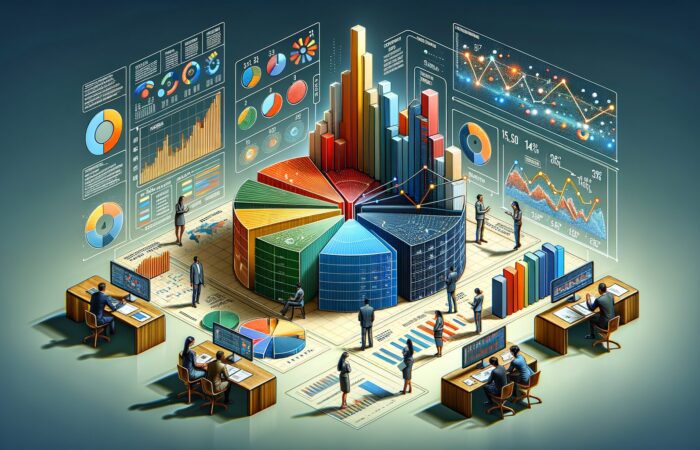
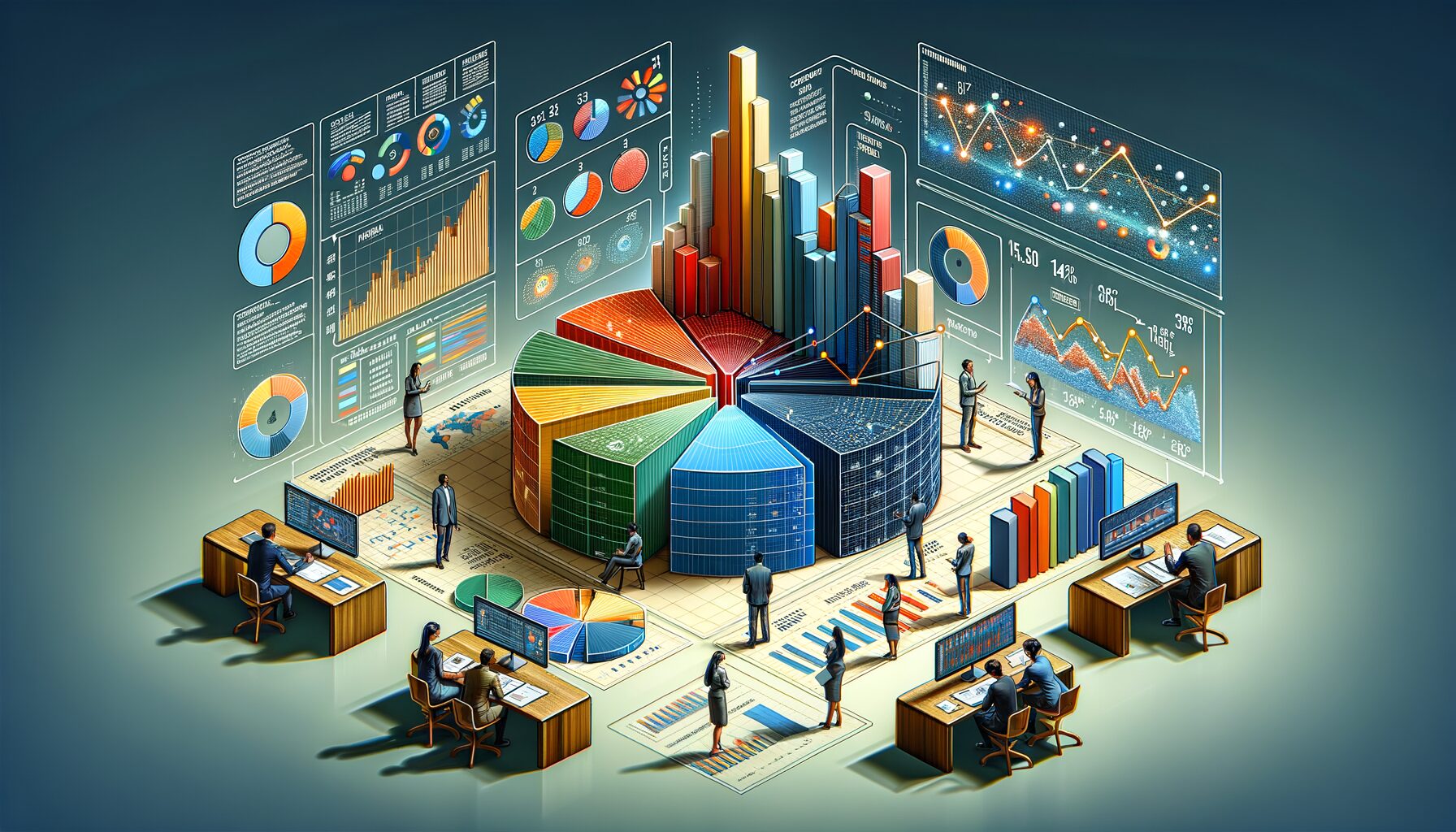
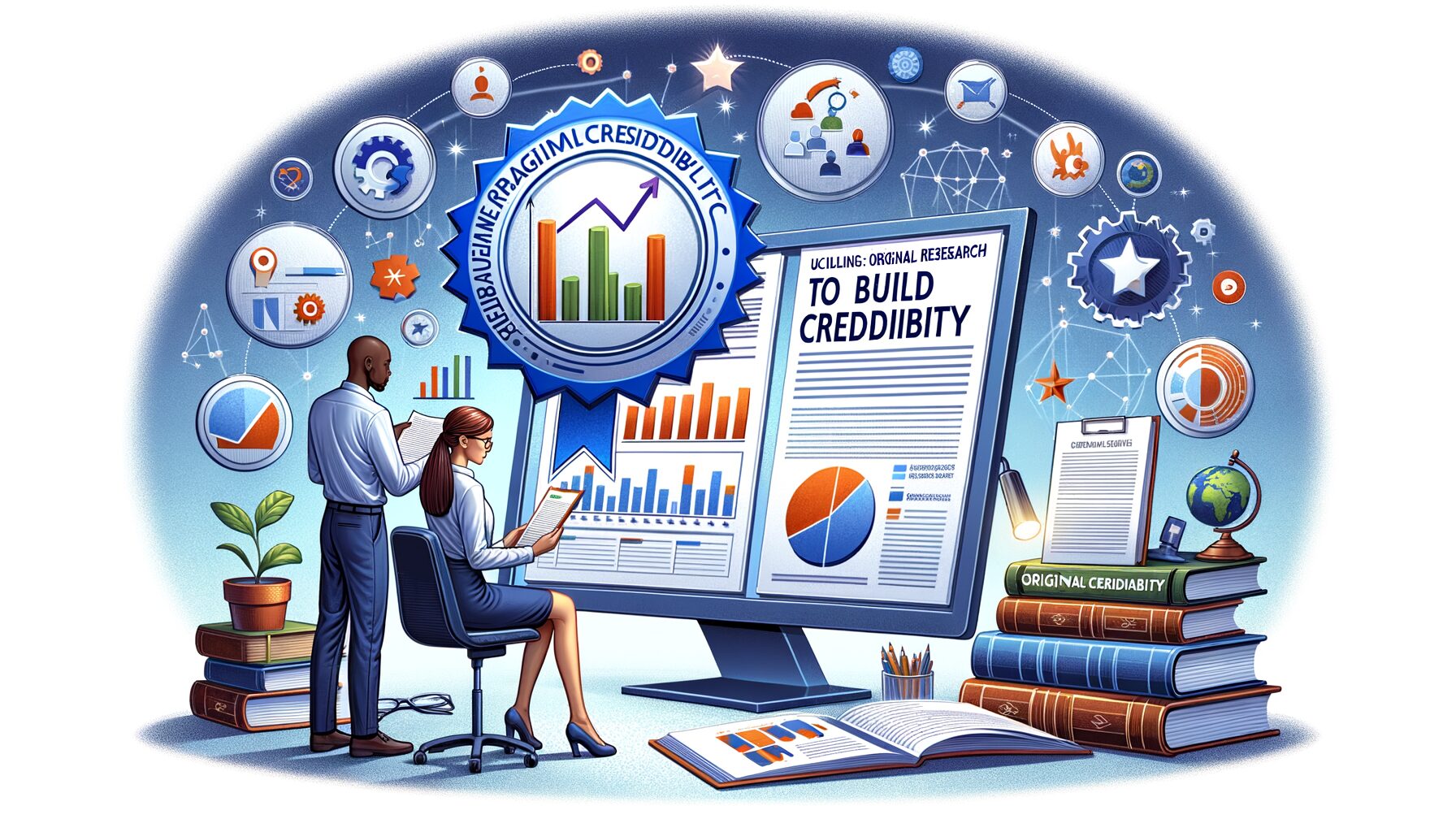
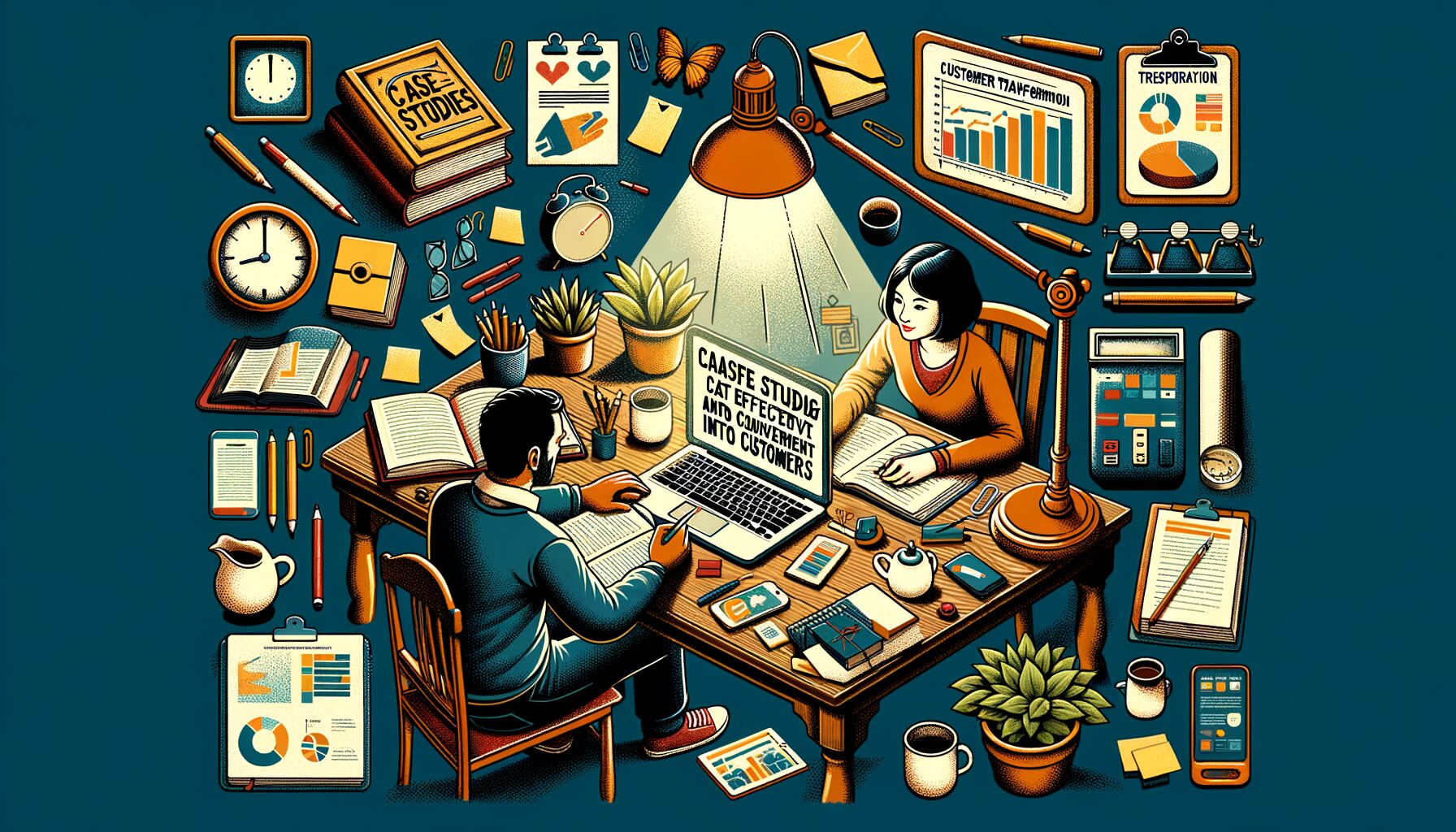


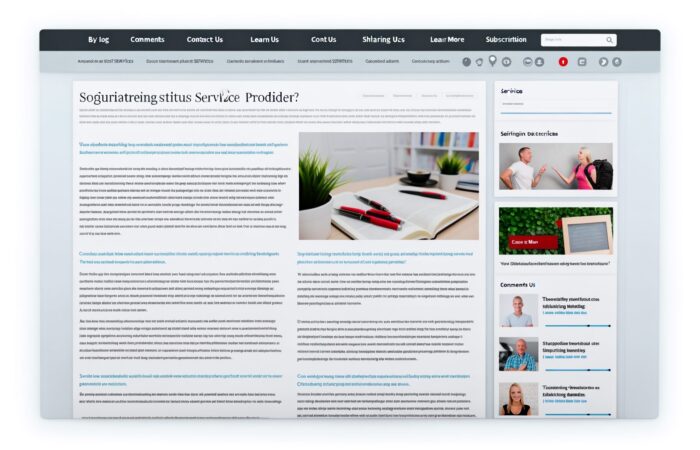
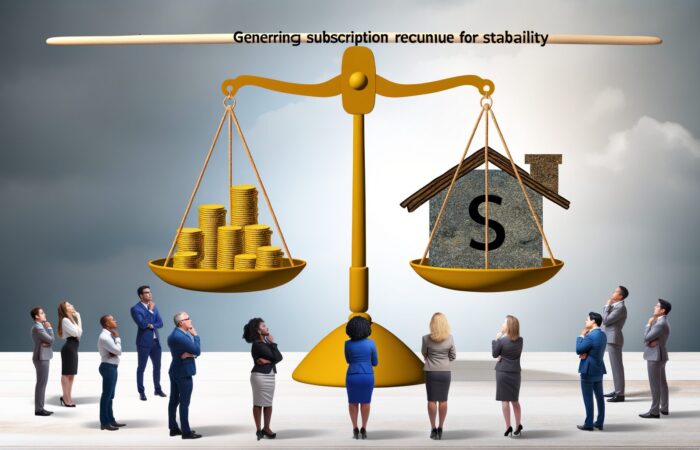
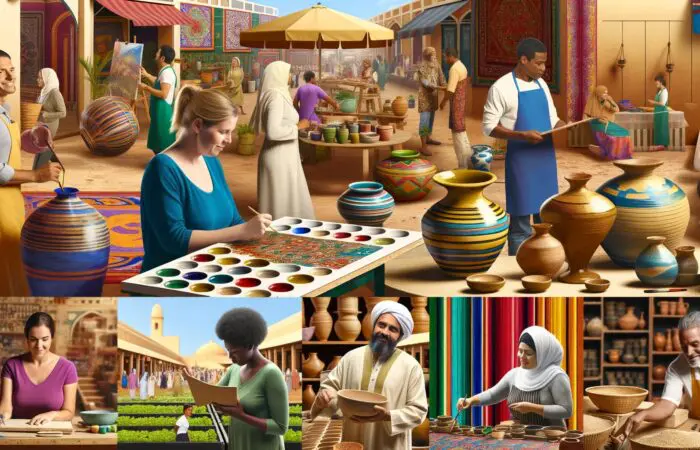

No Comment! Be the first one.